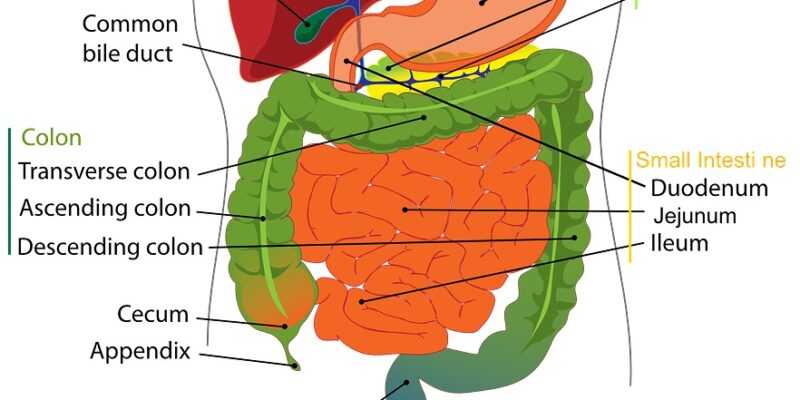
Abdominal Massage is generally considered the type of massage par excellence to achieve emotional and trauma release for a client.
It’s thought that by massaging the organs in the abdomen, “emotional and traumatic crystallizations” have an opportunity to be released, thereby healing the receiver. Today, this practice is often called De-Armoring about which we have written in our post Abdominal and Diaphragmatic De-Armoring.

In any case, the idea is based on the assumption that the internal organs of the abdominal area tend to hold on to physical and emotional tensions and trauma, which results in contractions, adhesions, scarring, pulls, dislocations, and general malfunction of these organs. Moreover, even when mentally — on a psychological level — emotional issues or traumas have already been dealt with, the internal organs not always necessarily release those tensions automatically; sometimes they need some help.
But there’s more to it. In a variety of both ancient and contemporary cultures it’s thought that the internal organs correspond or react to certain emotional and mental states.
For instance, the liver reacts to and reflects anger issues, the kidneys react to and reflect fear and jealousy issues, and — apart from actual nutritive digestion — the intestines react to and cope with emotional digestion. In fact, in many traditional medicine systems it’s assumed that unresolved, negative emotions make the internal organs sick, and as such also the person as a whole — both physically and emotionally.
As many internal organs also have a filtering and cleansing function in our body, it additionally makes much sense to regularly cleanse those filters, that is, to detoxify them. It’s why you will often see that Abdominal Massage is also referred to as an Abdominal Detox Massage; by stimulating the internal organs and surrounding tissues, the blood and lymph circulatory systems connected to them will function more properly, both in the sense of nutritive supply as in waste removal.
Modern science increasingly acknowledges that the Enteric Nervous System (ENS) can and does operate independently of the brain and the spinal cord, one of the main reasons that it’s also called our “second brain.” The ENS extends along and governs the entire Gastrointestinal (GI) or Digestive tract, that is, from the esophagus, along the stomach and intestines, and down to the anus. This “second brain” in “our gut” communicates with the brain in our head, and plays an important role with regard to certain diseases and for our overall mental health.

Today, it’s generally accepted that there’s a psychosomatic relationship between our guts (belly) and our brain. Fear, excitement, sadness, nervousness, and other emotions trigger the ENS and can cause abdominal pains, diarrhea, bladder irritability and other symptoms, such as “butterflies in our stomach.” But, more important here to realize is that things also work the other way around: physical problems of the Gastrointestinal Tract and internal organs can cause feelings of anxiety, stress, sadness, depression, fear, and so on, without any obvious external cause.
With regard to the latter aspect it definitely makes sense to manipulate i.e. massage the abdominal region to alleviate or cure physical issues with the internal organs (scarring, tissue pulls, knots, tangles, adhesions, and muscular tensions, etc.) in order to resolve emotional and mental issues. Behavioral therapies certainly play a role also, but it’s about time that Abdominal Massage therapies are taken seriously, and become structurally included i.e. integrated in mainstream psychological and mental health care.















